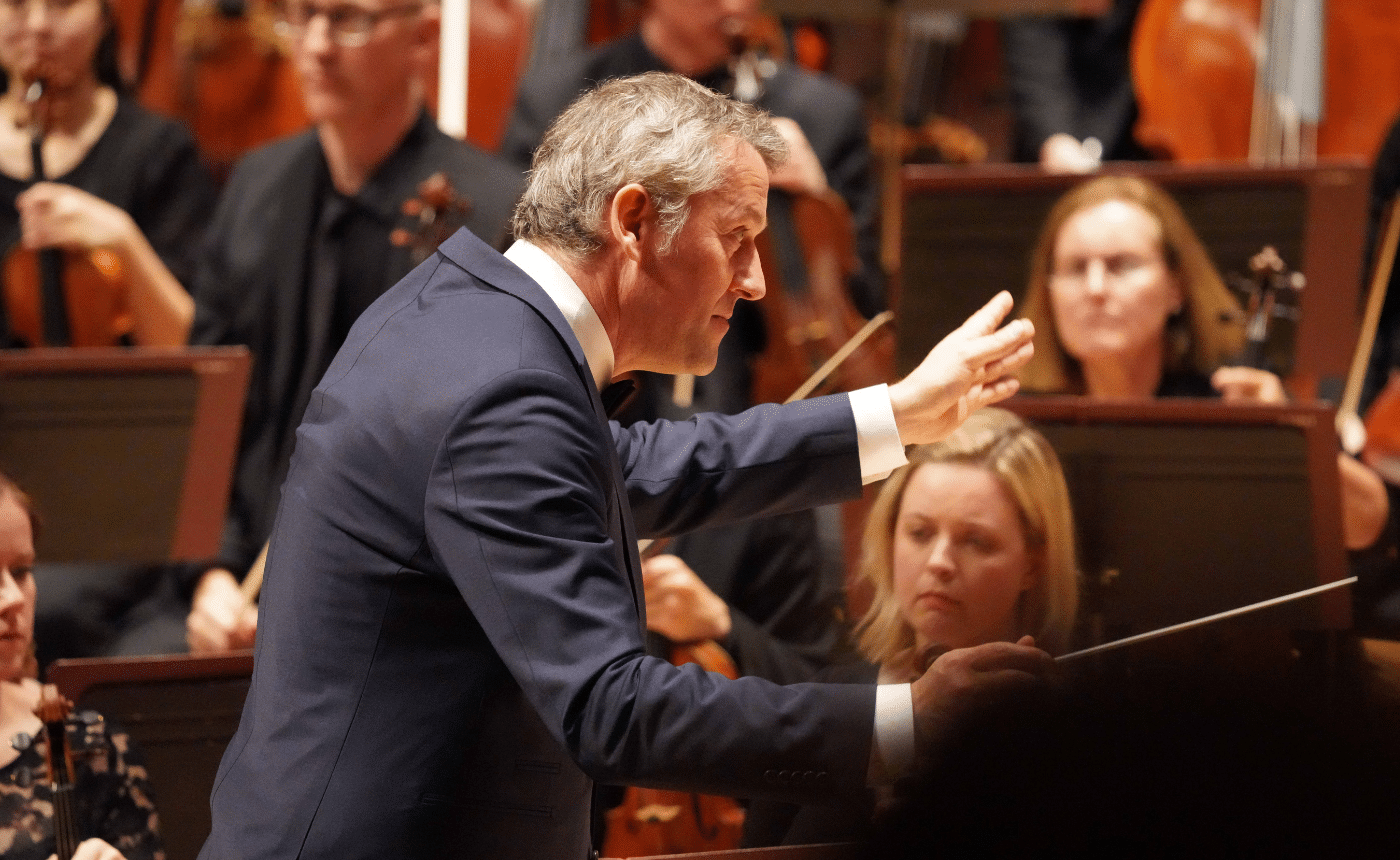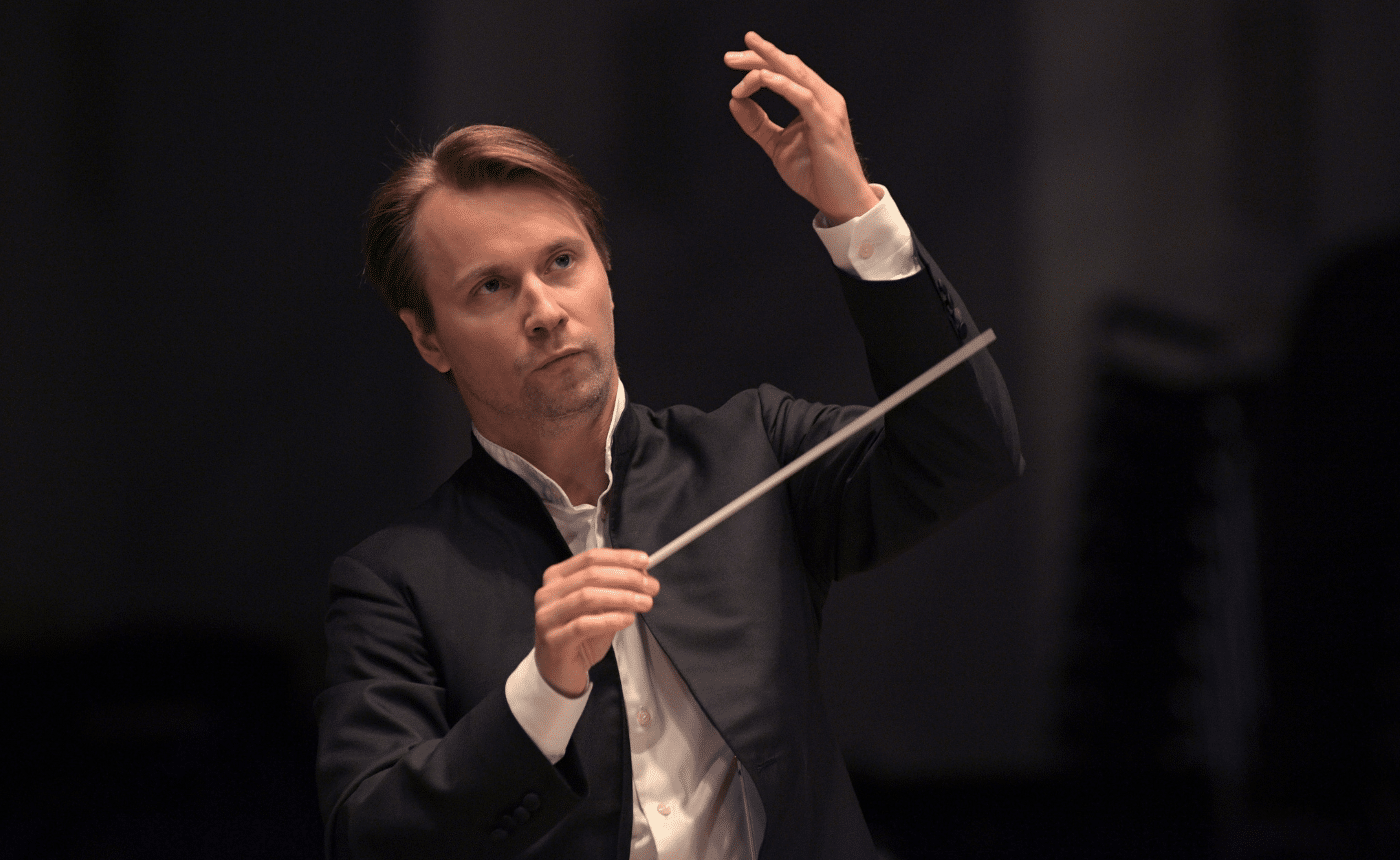Mussorgsky – Pictures at an Exhibition
Written by Jeff Counts
Instrumentation: 3 flutes (2nd and 3rd double piccolo), 3 oboes (3rd doubles English horn), 2 clarinets, bass clarinet, 2 bassoons, contrabassoon, 4 horns, 3 trumpets, 3 trombones, tuba, alto saxophone, timpani, bass drum, xylophone, snare drum, tam-tam, triangle, whip, ratchet, cymbals, glockenspiel, suspended cymbal, chimes, 2 harps, celesta, strings
Duration: 35 minutes in ten sections (played without pause).
THE COMPOSER – MODEST MUSSORGSKY (1839-1881) – When Boris Godunov premiered with great success in 1874, Mussorgsky seemed at the pinnacle of his career. He was not, however, at his best personally. Mussorgsky was highly sensitive to the critical reactions to Boris, which ran counter to those of the audience and included some particularly harsh words from his colleague Cesar Cui. Perhaps not surprisingly, signs of ill health and a return to drinking also marked the period.
THE MUSIC – Russian architect and artist Victor Hartmann, a dear friend of Mussorgsky, had passed away in 1873 and the composer took the loss very badly. He was present the following year when the Academy of Arts opened a commemorative exhibition of Hartmann’s work. The sober experience of moving among his friend’s images inspired what has become Mussorgsky’s most famous music. Pictures at an Exhibition began as a cycle of character pieces for piano, each movement based on various Hartmann works and occasionally separated by “Promenades” that depict Mussorgsky’s progress through the gallery. The composer’s letter to mutual friend and exhibition organizer Vladimir Stassov show the depth of feeling that informed the music. “[O]ne cannot and must not be comforted,” he wrote, “there can be and must be no consolation – it is a rotten mortality!” But if not comfort, Mussorgsky certainly found much to fire his creative imagination. He told Stassov that he was “ingesting” the sounds that “hung in the air” around their friend’s work and that he could “scarcely manage to scribble them down on paper” quickly enough. Sadly, Mussorgsky would not live to see his tribute presented in its now traditional orchestral robes. Though the 1891 premiere featured the arrangement of Mikhail Tushmalov, it is Maurice Ravel’s utterly brilliant orchestration that we know best today. Serge Koussevitsky, arguably the 20th Century’s most influential commissioner, hired Ravel in 1922 and performed his version that October with the Boston Symphony.
THE WORLD – In 1874, Denmark granted Iceland a constitution and limited home rule, Far From the Madding Crowd was published by English novelist Thomas Hardy and cartoonist Thomas Nast first symbolized the American Republican Party with the image of an elephant.











